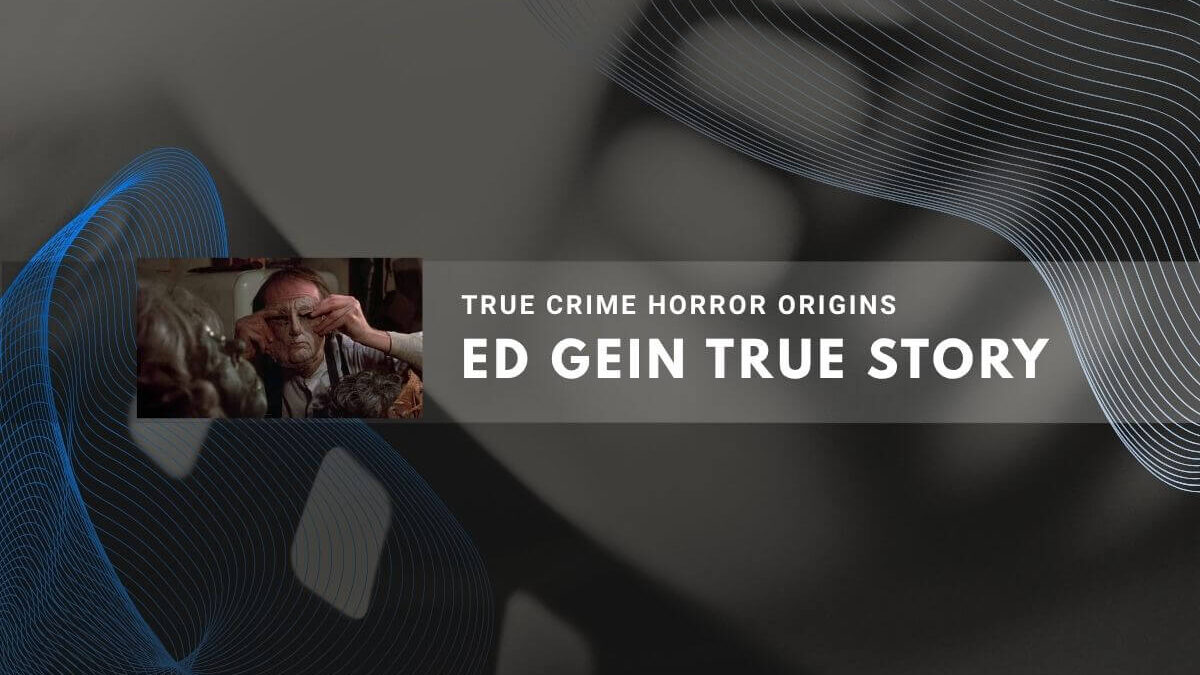Edward Theodore Gein was a Wisconsin farmhand whose crimes in the 1950s revealed a house of horrors. His actions inspired some of the most famous horror works and remain a stark warning about isolation and obsession.
Early Life and Family
Edward Gein was born on August 27, 1906, in La Crosse County, Wisconsin, the younger of two sons to George and Augusta Gein. The family moved to a 155-acre farm near Plainfield when Ed was a child. His father drank heavily and abused the boys. His mother, a devout Lutheran, taught that women were instruments of sin and forbade social ties. Gein attended school but lived in fear of punishment for making friends.[1]
George Gein died of heart failure in 1940. In 1944, Ed’s brother Henry died in a barn fire ruled accidental despite bruises on his skull. Ed then cared for his mother until she died of a stroke in 1945. Alone on the farm, he grew withdrawn and fixated on preserving his mother’s memory.[2]
Grave Robbery and Macabre Collection
From 1947 onward, Gein exhumed recently buried bodies—mostly of women—from Plainfield Cemetery. In his farmhouse, investigators later found:[1][2]
- A lampshade made of human skin
- Masks crafted from female faces
- A corset made from a female torso
- Chairs and bowls fashioned from human remains
Gein claimed these items would help him recreate his mother or allow him to wear a “woman suit”.[3]
Confirmed Murders
Mary Hogan (1954)
Mary Hogan, a 51-year-old tavern owner in Pine Grove, vanished on December 8, 1954. Gein later admitted killing her and bringing her remains home. Hogan’s skull and other parts were found among Gein’s collection.[3]
Bernice Worden (1957)
On November 16, 1957, hardware store owner Bernice Worden disappeared. Deputies found blood and a receipt in her store with Gein’s name. That evening, they found her decapitated torso hanging in a shed on Gein’s property. Her head was in a box, and her body had been shot and mutilated postmortem. Gein confessed to both murders, saying his victims resembled his mother and that voices urged him to “get another mother”.[2][3]
Legal Proceedings and Confinement
Gein was arrested on November 21, 1957. He pled not guilty by reason of insanity and was found unfit to stand trial. He was confined to Central State Hospital for the Criminally Insane. In 1968, he was deemed competent, tried, and found guilty of Worden’s murder. A subsequent hearing again found him legally insane, and he returned to psychiatric care. He was never tried for Hogan’s death or the grave robberies.[2]
Death and Cultural Impact
Gein died on July 26, 1984, at Mendota Mental Health Institute in Madison, Wisconsin, from respiratory failure related to lung cancer. His Plainfield farmhouse burned under mysterious circumstances in 1958. His crimes influenced Alfred Hitchcock’s Psycho (1960), Tobe Hooper’s The Texas Chain Saw Massacre (1974), and Thomas Harris’s The Silence of the Lambs (1991).[2]

